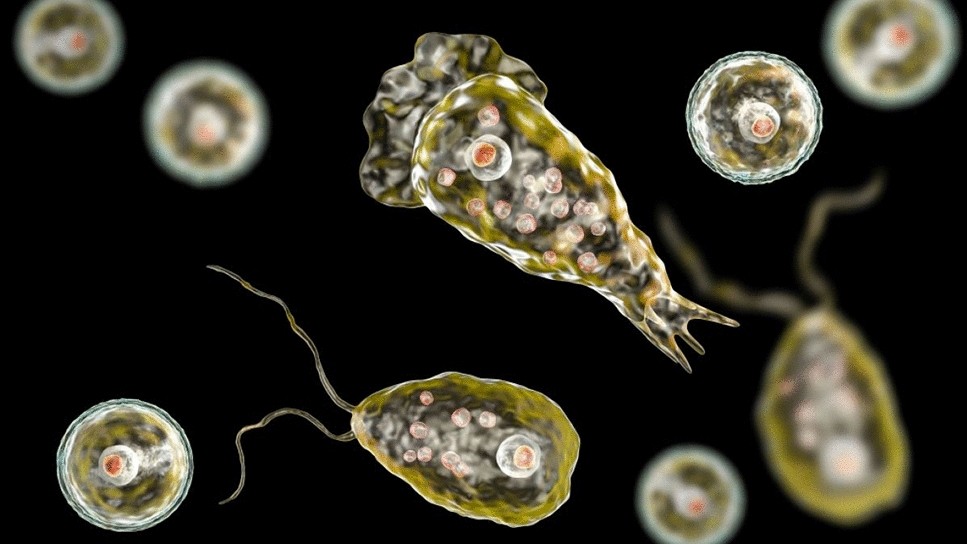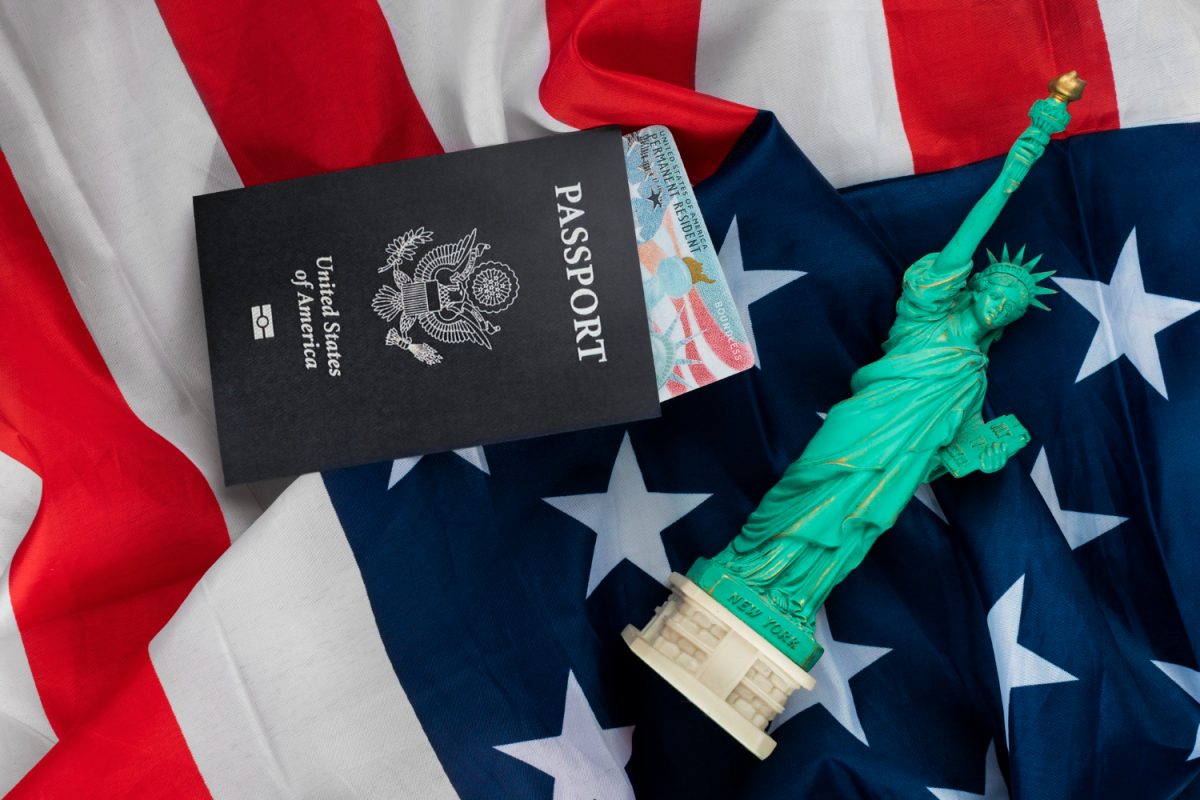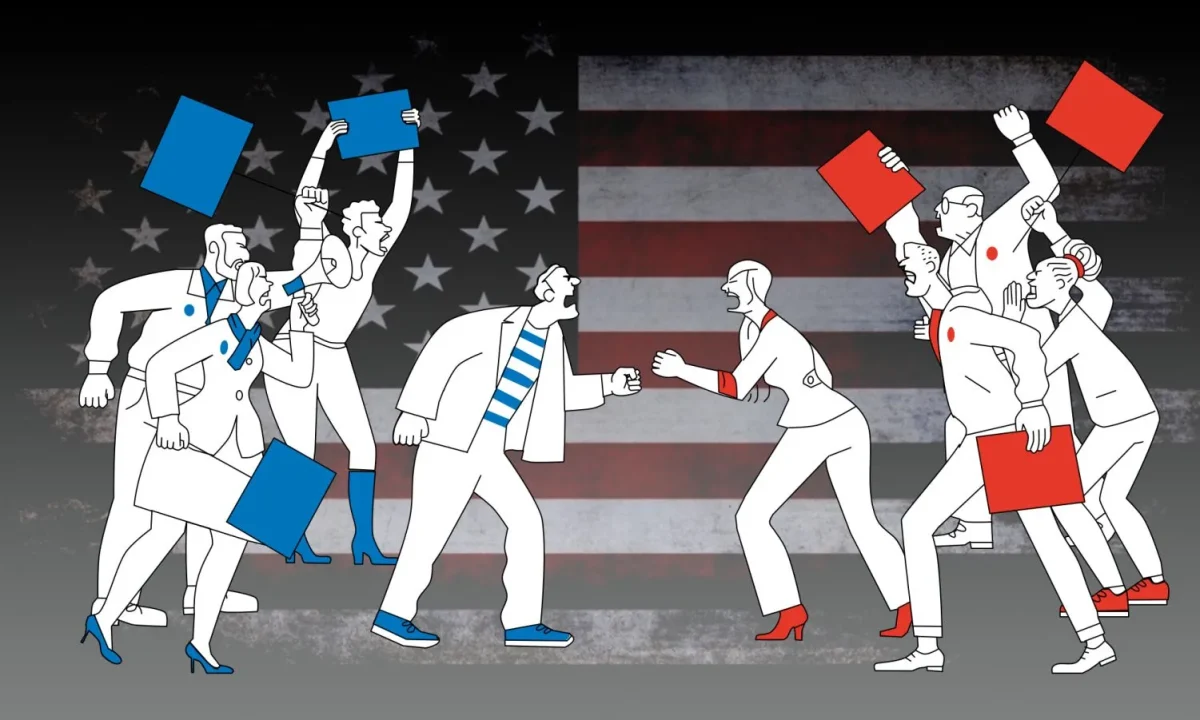It’s 6 p.m. on a hot summer evening. You and your closest friends have spent the entire day enjoying each other’s company, perhaps lounging by the barbecue or playing games in the warm afternoon sun. Naturally, the best way to end the day is to jump into the pool—or a lake, pond, or river. The water is pretty warm, yet it doesn’t fail to refresh you from the heat. Don’t you love summer? Life can’t get better than this.
Unfortunately, you start feeling sick a few days later. You have a slight headache, maybe even a fever, but you tell yourself it’s nothing to worry about. Right? But then, you start to experience confusion, your neck starts to stiffen up, and you start having hallucinations. Just five days ago, you were completely fine. The next day, you have a seizure and are rushed to the ER. There, you find out that you have a brain infection caused by Naegleria fowleri called “primary amebic meningoencephalitis,” or PAM. The disease has a 97% death rate.
Naegleria fowleri is a free-living amoeba, a kind of one-celled organism that thrives in warm freshwater lakes, rivers, and hot springs. Sometimes, it can also thrive in poorly maintained swimming pools, and even tap water if conditions are right. As temperatures rise, the population of the bacteria increases. Naegleria fowleri is a free-living organism because it doesn’t need a host to live, and it can survive in water as hot as 115F. Although this bacteria was initially identified in Australia in 1965, it has evolved here, in the US.
Often referred to as the “brain-eating amoeba,” Naegleria fowleri enters the body through the nasal passages when water is inhaled. It travels through the olfactory nerve tissue and crosses through the cribriform plate, making its way to the brain. Usually, the amoeba eats bacteria, but during human infections, it consumes astrocytes and neurons. Naegleria fowler destroys brain tissue and eventually causes it to swell.
During the first few days of infection, symptoms of PAM can often go undetected. They can include mild things such as a headache or a fever. These can be mistaken for a common cold or the flu. However, the infection progresses extremely quickly. Patients can start experiencing extreme symptoms like seizures, confusion, and hallucinations just a week after the infection. Due to the vagueness of the beginning symptoms, diagnosing PAM is very difficult. This can add to the already high fatality rate. There is no direct treatment for PAM and it is nearly always fatal. There are only a handful of known PAM survivors.
On the bright side, this infection is extremely rare. In the US, only ten people a year get PAM, and there have been less than 200 known cases since the 1960s. As long as you make sure your swimming pool is well-kept, you have nothing to worry about. While the threat posed by Naegleria fowleri is real and serious, it is not a common occurrence. So, enjoy your summer and jump into that refreshing pool, j! Just with some precautions!.









